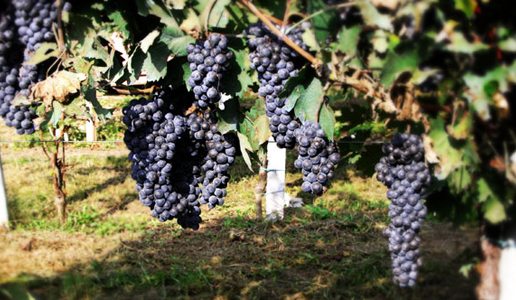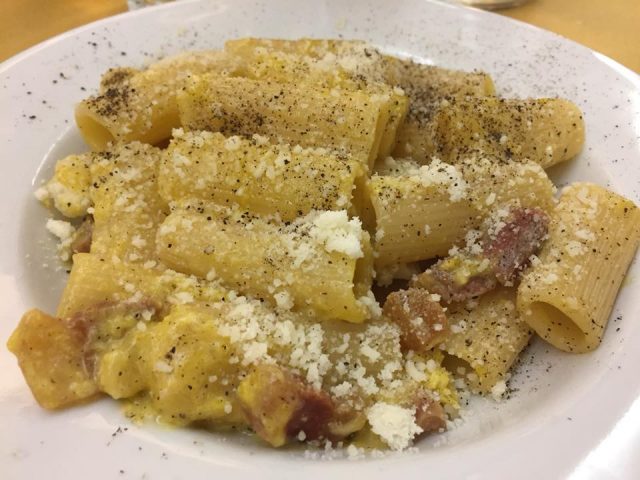Raboso and its roots

Raboso is an ancient and difficult varietal, found above all in the provinces of Venice and Treviso, which produces very interesting red wines with a propensity to age.
The eastern part of the Veneto regions is at this point dominated by two white wines that enjoy an incredible commercial success in Italy and, above all, abroad: Prosecco, with its various DOC and DOCG versions, and Pinot Grigio. Diehard wine lovers are not great fans of these wines and look down upon them with ill-concealed wine conceit, in some cases with good reason and others without because there are excellent versions of both. Regardless of the opinion one may have of these wines, during a recent visit to Venice organized by Consorzio Vini Venezia, I realized how important their success was for the estates that produce them on both a winemaking and social level. Thanks to the success of these wines, smaller wineries have found financial and economic stability. And this, in turn, has allowed the more illuminated producers and those with deep ties to their land to invest in wines produced from native grapes, above all the reds that do not have sufficient media appeal to impose a price that corresponds to the difficulty to make them well. And Raboso, an historic varietal from the Venice hinterland, is one of these.
This is an ancient grape with difficult yet intriguing characteristics: it has high acidity, bold tannins, ripens late and has a high yield. Furthermore, the sterility of the first two buds is similar to the more noble Italian varietals. One of the grape’s greatest traits is its natural resistance to disease and its skin that holds up to harsh weather. The most common vine-training systems, the local “bellussera” (very broad and high) and pergola, exalted both the yield and, due to the grape’s difficulty in ripening and late harvest, its harsh tannins. The more farsighted growers changed their systems and used various sizes of arches with the fruit in top allow it to regenerate every year without any major lignification (the cordon-spur system does not work due to the sterility of the first buds). The result is that the vines are now shorter and with more leaves. And while this means the grapes are more exposed to morning spring frosts, above all on the low lands, their skins allow them to resist this and there is a significant improvement in their phenolic maturity that benefits from the high acidity of the grape. This new cultivation system and different yield has significantly improved the quality of the tannins while maintain the high acidity. The barrels used for making wine vary with a greater preference for medium-to-small ones to soften any edges, while the acidity keeps the wine refined and preserves the fruit. Although this explanation may seem a bit technical it was necessary to understand the characteristics and potential of the varietal and I hope I was able to do this is a clear way.

In conclusion, this is a wine with great personality and a propensity to age, as demonstrated by a vertical tasting that went back to the first years of the millennium. It is important to remember that a profound change in the approach to cultivating this grape took place in the past six-seven years and so the best is yet to come. Until then, let us, to paraphrase Leopardi, sweetly sink into this sea. And apropos of sweet, some producers have let their grapes raisinate to make a truly intriguing sweet Passito dessert wine in which the acidity keeps the aroma and flavor fresh while the sugar residue offsets the tannins. The one here below was a true find that paired excellently with chocolate cake.

 Italiano
Italiano

















